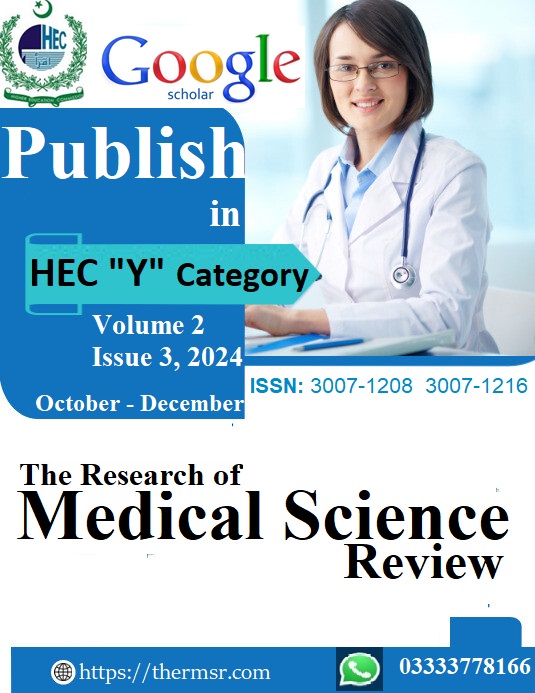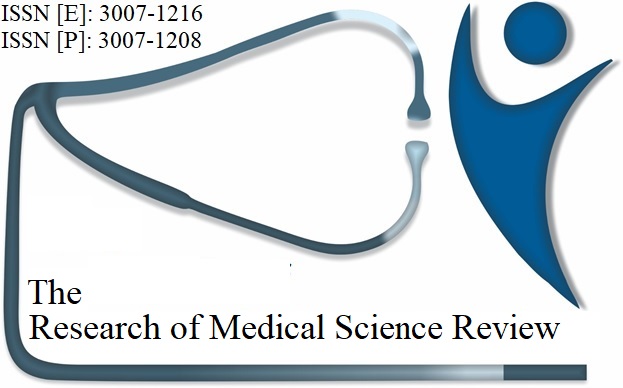REMOVAL OF CADMIUM FROM SOIL AND PLANT RHIZOSPHERE THROUGH BIOSYNTHESIZE NANOPARTICLES
Keywords:
Cadmium remediation,, biosynthesized nanoparticles,, plant rhizosphere and soil contamination,, eco-friendly synthesis,, sustainable agriculture,, environmental impact,, heavy metal removal.Abstract
Cadmium pollution in soil and plant rhizosphere, resulting from industrial activity and agricultural practices, poses a substantial environmental and public health threat due to cadmium's toxicity and persistence in food chains. This review examines the environmentally sustainable synthesis of nanoparticles for cadmium remediation in soil, highlighting biosynthesized nanoparticles as viable alternatives to conventional remediation methods. The main aim is to consolidate recent developments in biosynthesized nanoparticles, particularly those originating from biological sources such as plants, bacteria, and fungi, emphasizing their efficacy in cadmium immobilization and environmental safety. This review thoroughly examines contemporary literature to examine diverse nanoparticle synthesis methods, cadmium adsorption and immobilization processes, comparative efficacy among nanoparticle kinds, and practical applications in the field. The review highlights significant trends, including biosynthesized nanoparticles' ecological advantages, while exposing deficiencies in standardization, long-term ecological effects, and practical implementation at field scale. The results highlight the capability of biosynthesized nanoparticles to improve cadmium cleanup while reducing environmental hazards, offering essential insights for future study and practical implementation. This review identifies the limits and inconsistencies in prior studies. It proposes targeted recommendations to enhance nanoparticle-based remediation technologies, promote sustainable agricultural practices, and refine regulatory frameworks for safe soil remediation methods.
Downloads
Downloads
Published
Issue
Section
License

This work is licensed under a Creative Commons Attribution-NonCommercial-NoDerivatives 4.0 International License.













